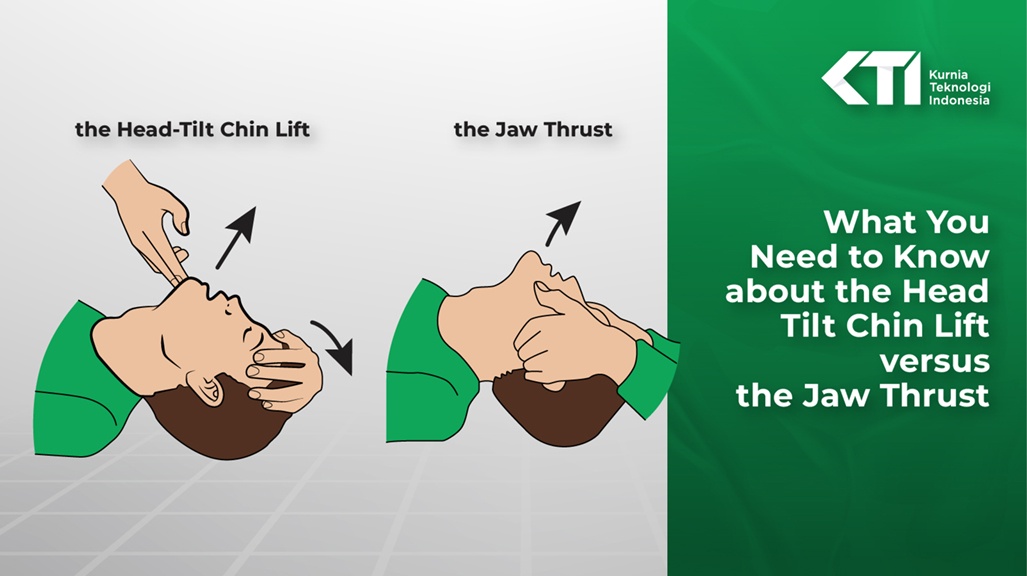Head Tilt Chin Lift vs Jaw Thrust Maneuver
Head chin tilt lift and jaw thrust maneuver are two common techniques used to open the airway and provide breathing assistance in emergency situations. Both techniques are used to manage airway obstruction and improve oxygenation in patients who are unable to breathe adequately on their own.
Definition
Head Chin Tilt Lift Technique
The head chin tilt lift technique is a simple maneuver that involves tilting the head back and lifting the chin to open the airway. This maneuver is performed by placing one hand on the forehead and gently tilting the head back, while simultaneously using the other hand to lift the chin forward. The technique helps to move the tongue away from the back of the throat, preventing airway obstruction and allowing air to flow more freely into the lungs.
The head chin tilt lift technique is typically used in patients who are unconscious or have an altered level of consciousness, and are unable to maintain an open airway on their own. The technique is also used during cardiopulmonary resuscitation (CPR) to improve ventilation and oxygenation.
Jaw Thrust Maneuver
The jaw thrust maneuver is another technique used to open the airway and provide breathing assistance. This maneuver involves gently grasping the angles of the patient's jaw with both hands and lifting the jaw forward, while simultaneously applying pressure to the chin with the thumbs. The technique helps to move the tongue away from the back of the throat and maintain an open airway.
The jaw thrust maneuver is typically used in patients with suspected cervical spine injuries or trauma, as it avoids any movement or manipulation of the neck. The maneuver is also used in patients with a suspected foreign body airway obstruction, as it helps to dislodge the object and improve ventilation.
Comparison
Both the head chin tilt lift and jaw thrust maneuver are effective techniques used to open the airway and provide breathing assistance. However, the jaw thrust maneuver is preferred in patients with suspected cervical spine injuries, as it avoids any movement or manipulation of the neck. The head chin tilt lift technique, on the other hand, is more commonly used in unconscious patients and during CPR.
Both techniques are relatively easy to perform and can be done by anyone with basic first aid training. However, it is important to note that these techniques are not a substitute for professional medical care, and should only be used in emergency situations until medical help arrives.
Conclusion
The head chin tilt lift and jaw thrust maneuver are two commonly used techniques to open the airway and provide breathing assistance in emergency situations. Both techniques are effective in managing airway obstruction and improving oxygenation in patients who are unable to breathe adequately on their own. The choice of technique depends on the patient's condition and the presence of any suspected cervical spine injuries or trauma. In any emergency situation, it is essential to seek professional medical care as soon as possible.

